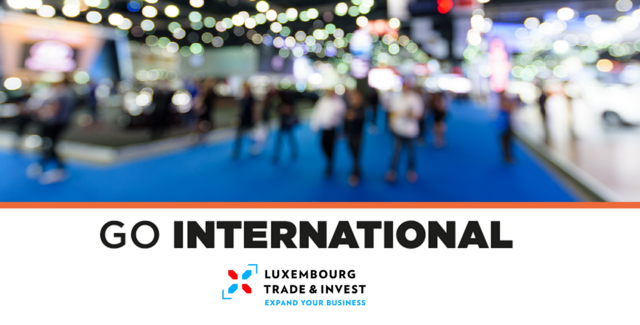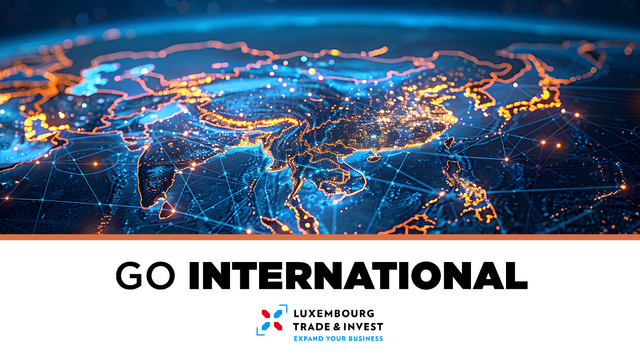
Kapitel
The Trucial States of the Persian Gulf coast granted the UK control of their defense and foreign affairs in 19th century treaties. In 1971, six of these states - Abu Dhabi, 'Ajman, Al Fujayrah, Ash Shariqah, Dubayy, and Umm al Qaywayn - merged to form the United Arab Emirates (UAE). They were joined in 1972 by Ra's al Khaymah. The UAE's per capita GDP is on par with those of leading West European nations. For more than three decades, oil and global finance drove the UAE's economy. However, in 2008-09, the confluence of falling oil prices, collapsing real estate prices, and the international banking crisis hit the UAE especially hard. The UAE essentially avoided the "Arab Spring" unrest seen elsewhere in the Middle East in 2010-11 and in an effort to stem potential unrest, the government announced a multi-year, $1.6-billion infrastructure investment plan for the poorer northern emirates and aggressively pursued advocates of political reform. The UAE in recent years has played a growing role in regional affairs. In addition to donating billions of dollars in economic aid to help stabilize Egypt, the UAE was one of the first countries to join the Defeat-ISIS coalition, and is a key partner in a Saudi-led military campaign in Yemen.
Kennzahlen
- Fläche
- 83,600 km2
- Bevölkerung
- 9,856,612 (July 2021 est.)
- Regierungsform
- federation of monarchies
- Sprachen
- Arabic (official), English, Hindi, Malayam, Urdu, Pashto, Tagalog, Persian
- BIP
- $421.142 billion (2019 est.)
- Wachstumsrate
- 1.7% (2019 est.)
- HDI
- 31
- Hauptstadt
- Abu Dhabi
Makroökonomische Indikatoren
The UAE has an open economy with a high per capita income and a sizable annual trade surplus. Successful efforts at economic diversification have reduced the portion of GDP from the oil and gas sector to 30%.
Since the discovery of oil in the UAE nearly 60 years ago, the country has undergone a profound transformation from an impoverished region of small desert principalities to a modern state with a high standard of living. The government has increased spending on job creation and infrastructure expansion and is opening up utilities to greater private sector involvement. The country's free trade zones - offering 100% foreign ownership and zero taxes - are helping to attract foreign investors.
The global financial crisis of 2008-09, tight international credit, and deflated asset prices constricted the economy in 2009. UAE authorities tried to blunt the crisis by increasing spending and boosting liquidity in the banking sector. The crisis hit Dubai hardest, as it was heavily exposed to depressed real estate prices. Dubai lacked sufficient cash to meet its debt obligations, prompting global concern about its solvency and ultimately a $20 billion bailout from the UAE Central Bank and Abu Dhabi Government that was refinanced in March 2014.
The UAE’s dependence on oil is a significant long-term challenge, although the UAE is one of the most diversified countries in the Gulf Cooperation Council. Low oil prices have prompted the UAE to cut expenditures, including on some social programs, but the UAE has sufficient assets in its sovereign investment funds to cover its deficits. The government reduced fuel subsidies in August 2015, and has announced plans to introduce excise and value-added taxes by January 1, 2018. The UAE's strategic plan for the next few years focuses on economic diversification, promoting the UAE as a global trade and tourism hub, developing industry, and creating more job opportunities for nationals through improved education and increased private sector employment.
Source: The CIA World Factbook - Economic overview
IMF Statistics:
| Subject descriptor | 2021 | 2022 | 2023 | 2024 | 2025 |
|---|---|---|---|---|---|
|
Gross domestic product, constant prices Percent change (Units) |
4.355 |
7.510 |
3.619 |
4.014 |
5.052 |
|
Gross domestic product, current prices U.S. dollars (Billions) |
415.179 |
502.732 |
514.130 |
545.053 |
568.567 |
|
Gross domestic product per capita, current prices U.S. dollars (Units) |
43,438.527 |
48,897.383 |
48,140.644 |
49,549.588 |
51,294.323 |
|
Inflation, average consumer prices Percent change (Units) |
-0.113 |
4.827 |
1.623 |
2.300 |
2.100 |
|
Volume of imports of goods and services Percent change (Units) |
7.156 |
15.475 |
13.137 |
3.659 |
3.112 |
|
Volume of exports of goods and services Percent change (Units) |
1.120 |
7.424 |
11.716 |
4.138 |
5.223 |
|
Unemployment rate Percent of total labor force (Units) |
|||||
|
Current account balance U.S. dollars (Billions) |
47.951 |
66.475 |
54.831 |
47.922 |
46.886 |
|
Current account balance Percent of GDP (Units) |
11.549 |
13.223 |
10.665 |
8.792 |
8.246 |
Luxemburg und das Land
Existing conventions and agreements
Non double taxation agreement
In order to promote international economic and financial relations in the interest of the Grand Duchy of Luxembourg, the Luxembourg government negotiates bilateral agreements for the avoidance of double taxation and prevent fiscal evasion with respect to Taxes on Income and on fortune with third countries.
- Convention from 20.11.2005 (Memorial 2009, A no. 136, p.1900)
- Effective as of 01.01.2010 (Memorial 2009, A, no. 136, p. 1900)
- Protocol Amendment from 26.10.2014 (Memorial 2015, A, no.247, p.5081)
- Law from 24.12.2015
- Effective as of 01.01.2016
Air Services agreement
None
Source : Administration des contributions directes
Weitere Informationen
Foreign Trade
The Statec Foreign Trade statistics provide information on the trade of goods - by product and by country. This information is collected respectively through the INTRASTAT declaration and on the basis of customs documents.
You can see the statistics on the website of the Statec.
Contact points in United Arab Emirates
Embassy of the Grand Duchy of Luxembourg in United Arab Emirates
Ambassador: Ms Elisabeth CARDOSO
Nation Tower Residences
Corniche Road
Appt. 6201, 62nd Floor
Abu Dhabi
United Arab Emirates
Tel.: (+971) 2 491 24 46
Emergency number: (+971) 50 613 0248
Fax: (+971) 2 491 22 89
E-Mail: abudhabi.amb@mae.etat.lu
Website: abudhabi.mae.lu
Luxembourg Trade and Investment Office
Mr Loic BERTOLI
Nation Tower Residences - Appt.6201, 62nd Floor Corniche Road
P.O. Box No 44909
Abu Dhabi - UAE
Tel: (+971) 2 491 2446
Email: ltio.abudhabi@mae.etat.lu
Website: abudhabi.mae.lu
Source: Ministry of Foreign Affairs of Luxembourg
Country risk as defined by Office du Ducroire for United Arab Emirates
Ducroire is the only credit insurer covering open account deals in over 200 countries. A rating on a scale from 1 to 7 shows the intensity of the political risk. Category 1 comprises countries with the lowest political risk and category 7 countries with the highest. Macroeconomics experts also assess the repayment climate for all buyers in a country.
Link: Ducroire Office - Country Risk for United Arab Emirates
Luxembourg for Business market entry guide to United Arab Emirates: Market entry guides are brochure series published by the Ministry of the Economy and Foreign. The series focuses on worldwide markets, industries and business environments, providing comprehensive and in-depth analysis and guidelines. The brochures cover all aspects relating to a market entry including the economic, financial and legal frameworks. The brochures are a vast knowledge pool, compiled into a practice oriented document with many tips and important addresses.




